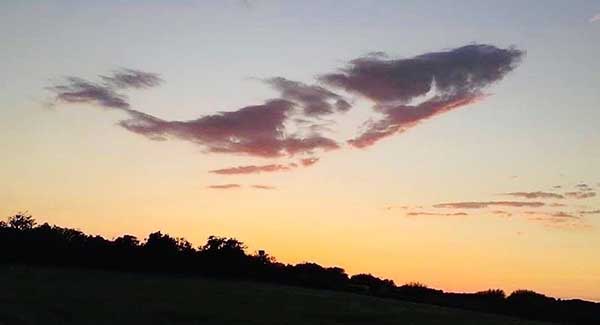Japan is a country famous for a smart and effective education. It’s no wonder that even discarded straws can be repurposed into unique visual aids for young children.
The peculiarity of the material used to build the enormous creatures, which is the straw left over from the harvest, draws thousands of people to an art festival in Niigata Prefecture in northern Japan.
In reality, this straw is utilized for a variety of things, like covering roofs, producing fertilizer, and generating animal feed, but Niigata came up with this original idea to construct enormous pieces of art. are so large that they stun the observer.

Giant gaurs, eagles, and animals like dinosaurs may all be seen roaming the magnificent scenery in Japan’s Niigata prefecture during the yearly rice harvest. The imposing sculptures are a part of the Wara Art Festival, a summertime exhibition of enormous creatures and mythological creations built from wartime straw waste.
This popular event originated a few years ago when the farmers of Nishikan Ward (formerly Iwamuro Village) were looking for ways to dispose of unused straw in the rice harvest. It eventually led to a partnership with Musashino University of the Arts that still thrives to this day.

The school’s students design each piece of art, and the craftsmen in the Nishikan ward have made it a reality using intricate wooden structures and loads of straw. Straw is covered with wooden frames to ensure stability and allow artisans to create large-scale products.

The idea of revitalizing the area by creating works of art made of straw was suggested by Shingo Miyajima, a professor at Musabi at the time. Straw is created as a by-product of rice production and has been used as animal feed, fertilizer and household crafts since ancient times. Due to changing lifestyles and modernization of agriculture, this tradition is expressed in a modern way today.

Toba-ami – used to make rice straw used in the art of Wara – is one of those traditional techniques that are being lost.

This technique is still simple but delicate work; Although each straw is thin and unwieldy, through the patient weaving process and the designs of Musabi students, it has been transformed into living works of art that are almost alive.

Besides, the straw festival also has many interesting activities such as games, folk music performances or handicraft stalls… The Wara festival is a way to take advantage of the by-products of the wet rice industry and raise awareness of environmental conservation. Due to this event, Niigata City receives a large influx of both local and foreign tourists, adding to the already bustling rural areas.

Giant lions, eagles, crabs, spiders, other animals and even legendary monsters like Amabie made from straw left over from the seasonal harvest.

With the beauty from the art of installation and decoration along with the idea of the surrounding life, especially from the animals that are both real and fictional, the festival has always attracted many tourists from all over the world to visit and play. joke and take pictures.

In addition to the giant creatures, the insects associated with the crop were also simulated. Japan is a country famous for a smart and effective education. It’s hardly surprising that even a collection of straws meant for the trash may be transformed into such interesting visual aids for young children. Japanese kids are always able to release their creativity and grow wholly from a young age thanks to such engaging visits.



